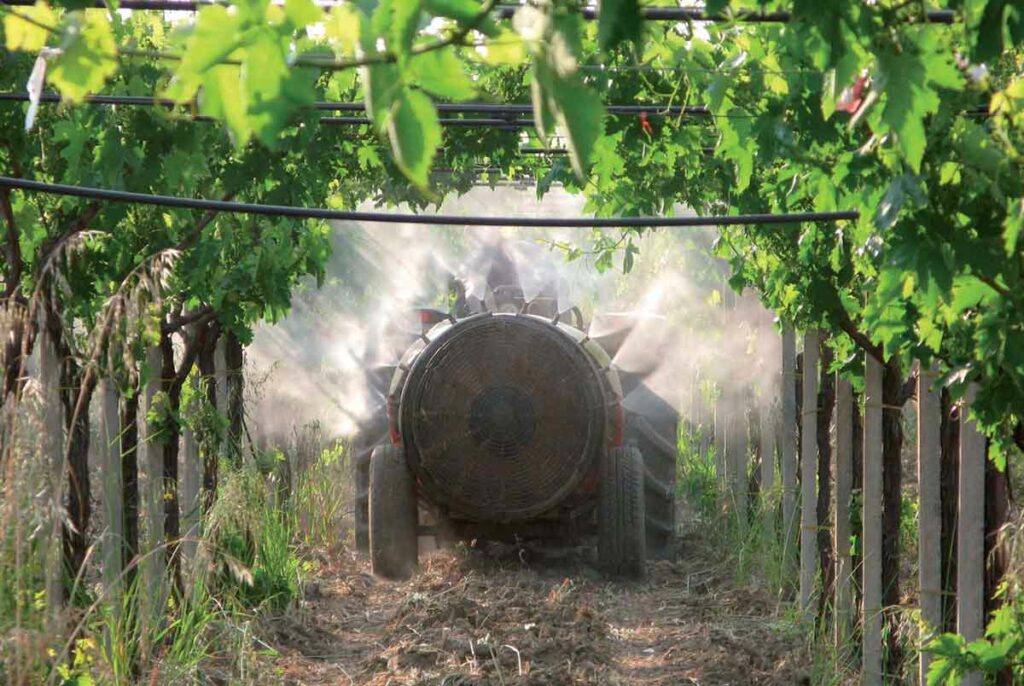Past and ongoing activities related to the interests and objectives of the ELEDIA@USIL node include the study, design, and implementation of wireless systems and devices for distributed sensing and actuation. The self-learning principle of smart monitoring systems has been deeply investigated and applied in different application fields.
In this framework, the Staff of the ELEDIA@USIL node is investigating innovative wireless platforms as well as advanced methodologies for the implementation of the Sensing – Processing – Actuation loop. The sensing phase is enabled by distributed low-cost technologies like the WSN. The processing methods are executed both on the hardware platforms as well as on remote control units according to the computational load of the learning strategies. The actuation is managed by dedicated devices which apply the actions suggested by the smart methods to change the status of the scenario under control.
A wide set of real-world applications take advantage from the adoption of adaptive smart monitoring systems. The ELEDIA Research Center has developed different solutions, including:
- SMART FARMING – Irrigation system management.
- SMART FARMING – Phytosanitary treatment.
- LANDSLIDE MONITORING – Early-warning notification.

SMART FARMING – Irrigation System Management
Scenario
Solutions for the optimization of water use in agriculture have been widely studied and proposed by researchers worldwide. The characteristics of the problem at hand deeply change with the culture and with the geographical area under consideration. Irrigation systems and rules differ as well, and customized solutions are required. Self-adaptive systems can be profitably exploited to adapt the irrigation behavior according to the changing characteristics of the monitored scenario.

Objectives
- Water saving: water resources optimization through the evaluation of optimal irrigation schedule according to the real-time needs of cultures.
- Improvement of product quality: adaptive control of irrigation system for the maximization of the product quality according to the trees health-status.
Test Case
A prototype of the proposed smart irrigation system has been developed by the ELEDIA Research Center. The system is based on the WSN technology and integrates smart algorithms for the adaptive evaluation of the irrigation time. The prototype has been deployed in a apple orchard, in a valley close to Trento, Italy (a farming area famous for the apple farming by the Melinda Italian company). The advanced knowledge of the environment and the weather forecasts are guaranteed by distributed wireless sensors. The information is then processed to suggest the irrigation strategies to the farmers. The Staff of the ELEDIA@USIL node is investigating more and more advanced decision support strategies to improve the water saving and the product quality [1].


The learning capability guarantees that the know-how and the best practices of the farmers are fully applied and also improved thanks to the continuous monitoring of the environment. Moreover, the system allows the direct interconnection to a smart actuator which manages the irrigation system and (if activated) acts on behalf of the farmer.
[1] L. Paucar, A. Diaz, F. Viani, F. Robol, A. Polo, and A. Massa, “Decision support for smart irrigation by means of wireless distributed sensors,” Proceedings of the 15th IEEE Mediterranean Microwave Symposium (MMS 2015), Lecce, Italy, November 30 – December 2, 2015. Accepted.SMART FARMING – Phytosanitary Treatment
Scenario
Phytosanitary treatments are fundamental for the proper growth of cultures, like cereals, fruit trees, and grapevine. The importance of such procedures is well known nowadays considering the positive effects in the prevention of infections. Therefore, several parameters have to be carefully monitored in order to detect and eventually predict the generation and propagation of the disease

Objectives
- Evaluation of the optimal phytosanitary quantities and typologies: smart methodologies for the identification of best treatments according to plants and weather conditions.
- Suggestion of the appropriate treatment schedule: identification of the optimal time slots to maximize the effects of the treatments.
- Treatment forecasting: planning of the treatments based on the weather forecasting and on the past phytosanitary applications.
Test Case
Wireless Sensor Network nodes are deployed in the grapevine cultivation to acquire several environmental and farming parameters like the air temperature and humidity, the humidity of the leaves, and the UV radiation. All the information are gathered by a control unit to process the collected data and to infer the farming status.


Specific learning and forecasting methodologies are applied to estimate the probability of infection and to determine the need and the quantity of the phytosanitary treatments to be applied in the different zones of the monitored field.
LANDSLIDE MONITORING – Early-warning Notification
| ScenarioSuperficial movements of soil are usually monitored to supervise the evolution of landslides. Complex and expensive instruments (e.g., geodetic total stations) are often adopted to accurately detect small displacements in a limited set of points distributed on the landslide. The constant supervision as well as the early-warning notifications are fundamental for the forecasting and management of dangerous events. |

Objectives
- Early-warning detection of dangerous events: data fusion of multiple wireless sensors able to effectively detect superficial movement.
- Real-time notification to end-users: wireless transmission of events to remote units for real-time anomaly detection and notification.
- Low cost and scalable system: reduction of installation complexity and cost through low-cost and scalable wireless sensor network technology.
Test Case
An experimental validation of a WSN-based system for landslide monitoring has been deployed in a real test-site within an ex-mineral mine (of feldspar) in Trentino, Italy. The landslide is monitored also by standard geodetic systems, which provide the reference measurements used for the validation of the ELEDIA solution.


A finite set of low-cost and low-power WSN nodes have been designed and prototyped in order to acquire multiple sensor data (e.g., acceleration, inclination, relative position). Each node integrates a pre-processing method for local anomaly detection. The transmitted detections are collected by a remote unit for further processing and real-time alert notification according to the smart analysis of the whole network status.